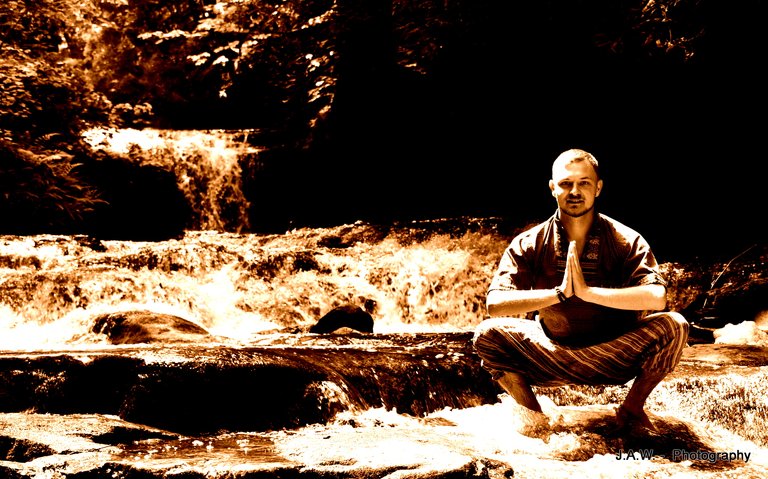Movement of Medicine Part 2:
The Breath.
Why do all forms of movement work choose to work with the breath? Why is the breath given an almost supernatural quality in the tantric texts, tao alchemy, and buddhist literature?
Why is breath so heavily emphasized in both Yoga, Weight Training, and Martial Arts?
The answer is simple:
Breath is life.
A friend of mine was recently sharing a Native American Tradition to me. He said that in the Native belief, Breath was seen as providing approximately 60% of our physical nutrition. Sleep was responsible for 20%, water for 15%, and food for only 5% of our nutrition.
This means as a society we are actually breathing too shallow, not drinking enough water, getting too little sleep, and eating too much food.
We can live over 40 days without food.
Whats surprising you can't even live for longer than 5 minutes without air.
The air we breathe is vital.
People think the diaphragm is the only muscle responsible for breathing, but its important to understand just how much of our body is dedicated and responsible for respiration.
Other than the lungs and diaphragm, we have 3 separate sets of Intercostal Muscles in between our ribs. The deepest most abdominal muscle, the transverse abdomini, is primarily breath related, and our internal obliques are also primarily used for respiration.
That isn't counting the 2 sets of posterior serratus muscles on our back, the secondary purpose of the QL muscle (Assist in respiration) and the muscles of the pelvic and thoracic diaphragm (SCM, Scalene muscles and more) which also assist in breathing.
The movement of respiration is vital. Without taking deep, full breaths, we are neglecting a large portion of our bodies. Our bodies have an internal rhythm. To properly align our internal rhythm with that of the whole - We have to BREATHE.
The movement of the diaphragm during respiration causes subsequent pressure changes inside the thoracic and abdominopelvic cavities. These corresponding pressure changes as-well as the negative pressure in the thoracic cavity causes a "suction" effect which helps to circulate the interstitial and extra-cellular fluid in the body. Lymph is brought through the lymph vessels, and the circulation of life force is achieved through deep breathing.
Further more, the abdominal organs are lined by a serous membrane known as the peritoneum. All the viscera in the abdominopelvic cavity attach either directly or indirectly to the diaphragm.
The movement of the diaphragm causes the organs to move up and down, forward and back, rhythmically while articulating with each other.
Any pathology of the breath can thereby affect homeostasis and mobility of the organs, which reinforced thousands of times daily (by incorrect breathing) can lead to serious functional implications to the organs themselves.
The movement of the internal organs is critical for our health and vitality.
Our mental acuity and sleep quality also depends on the breath.
It is difficult to sleep deeply or to be in a peaceful relaxed state during waking life without deep, conscious breathing.
Just see for yourself: When you are angry or anxious your breathing is slow and shallow.
When you are happy your breath is deep and full.
In fact almost all ancient systems of yoga and meditation put emphasis on the breath to facilitate mental stillness and peace of mind.
Slow, shallow breathing is the enemy to both our physical and mental well being!
What is the solution to this? The ancient technique of pranayama! Or breath control!
Osteopathic techniques to both the diaphragm, visceral organs and rib cage can also help immensely in correcting dysfunctional breathing patterns.
We will be talking solutions to unhealthy breathing next on Movement is Medicine with Dan The Yoga Man!
